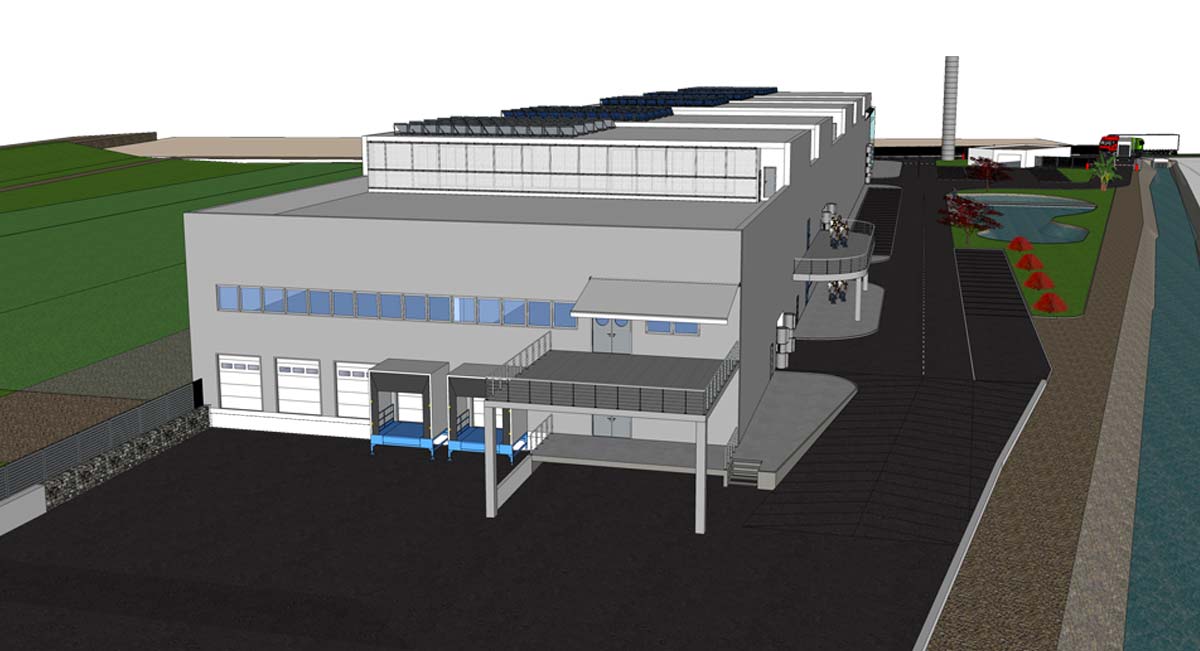On the occasion of its 25th anniversary (1995–2020), SINTRA has developed a new “research and production center” named: MIX-IND® Pilot.
The MIX-IND® Pilot project is a production unit housed within a highly innovative building, fully equipped for the continuous research and development of advanced systems for indoor air treatment, specifically designed for large-volume buildings.
The new research and production center is intended not only to meet SINTRA’s own manufacturing needs, but above all to serve as a hub for ongoing experimentation and innovation in the development of next-generation systems.
MIX-IND® Pilot will also serve as a tangible example of integrated design—seamlessly combining innovation, technology, and productivity without waste—while maximizing both energy efficiency and workplace comfort.
Special focus will be placed on the development of new technologies aimed at mitigating issues related to cold air infiltration through industrial doors and loading docks.
Unique in its kind, MIX-IND® Pilot will also be a “virtuous” building, demonstrating that the adoption of such new technologies allows for the optimization of integrated building–system design without necessarily increasing the initial investment.

Project Features
The distinctive features of this project are:
• Optimization of available energy resources:
- Maximum thermal insulation of the building envelope.
- Minimization of HVAC systems.
- Solar-powered summer over-ventilation.
- Optimization of summer and winter free-cooling.
- Passive solar heat recovery.
- Reduction of winter infiltration of outdoor air.
• Maximum enhancement of indoor comfort for operators.
• Water self-sufficiency through rainwater harvesting and phytoremediation.
• Emphasis on ecological and environmental sustainability.
Full-Scale Research and Experimentation
Scientific research and full-scale experimentation activities will also allow for the refinement and validation of current Computational Fluid Dynamics (CFD) mathematical models, which are still scientifically inadequate for accurately predicting the real fluid dynamic behavior of applications using these new technologies.

